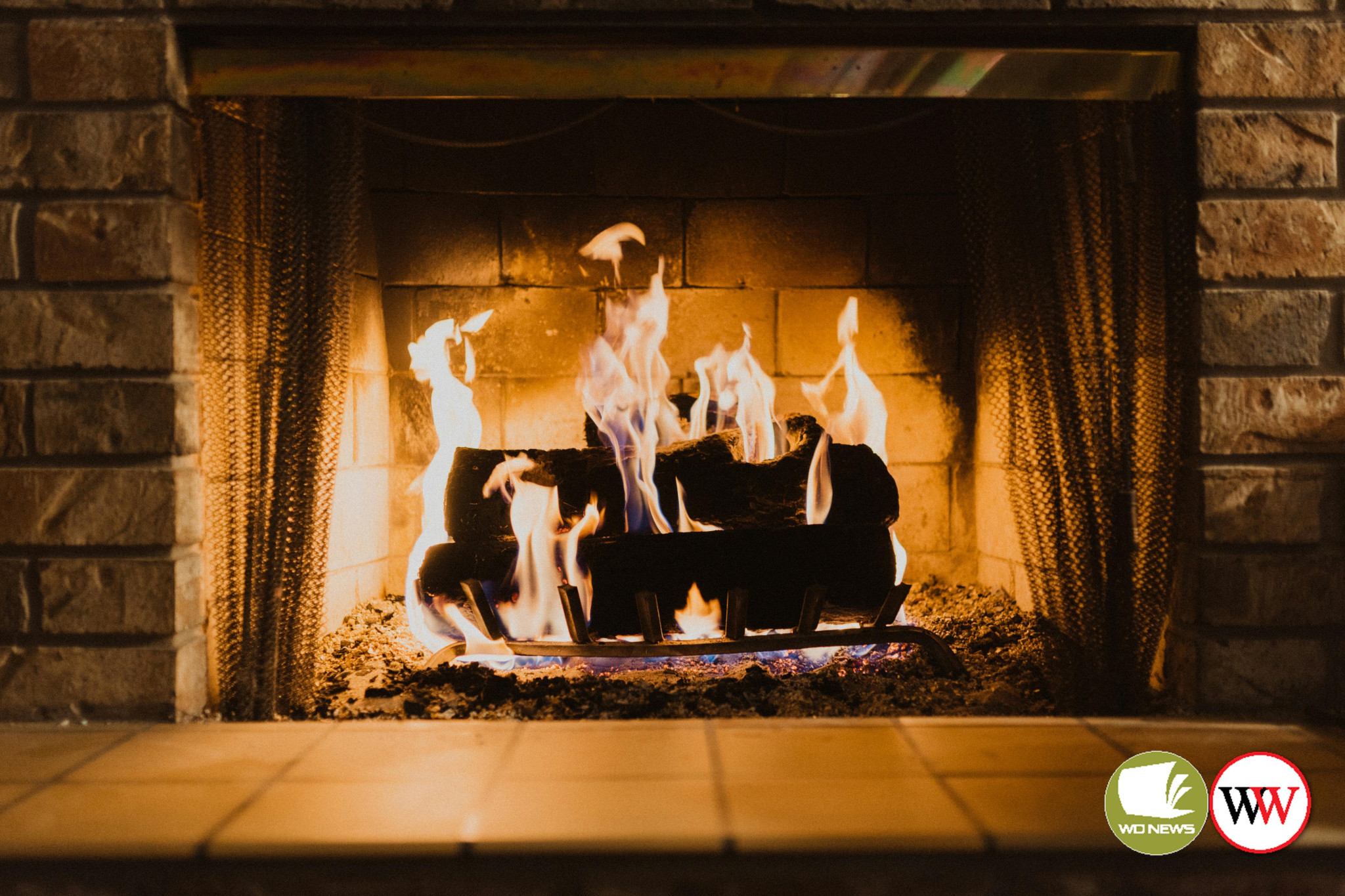General News
21 June, 2024
Wood heaters bring warmth and ambience
FOR centuries families have been burning wood to keep warm in winter.

A wood heater, while providing much needed heat, can also add ambience to a room; turning a house into a home.
But while using a wood heater can keep you warm, scientists have shown that smoke from a wood heater also results in unburnt fuel emissions, pollution causing respiratory problems and potentially hundreds of dollars a year wasted.
But you can, however, minimise smoke haze and contribute to significant health benefits for everyone by improving the air quality, reducing the maintenance and running costs of your wood heater, and saving money.
Follow these five steps to help reduce wood smoke:
Burn only dry, untreated wood.
Stack wood under cover in a dry, ventilated area.
Burn the fire brightly.
Use small logs.
Have a flame if burning overnight.
Wet and green wood does not burn properly and produces a lot of smoke.
Freshly cut wood contains about half its weight in water which means a ‘reasonable’ sized log can hold up to two litres of water.
Energy and money are wasted in boiling the water in each log, the fire won’t get as hot as it should and it will produce excessive smoke.
Using dry wood will save money because you won’t need as much to get the desired heat.
It has been suggested that wood is ready to burn once it has been air-dried for at least eight months.
Store wood undercover in a dry, ventilated area that will allow the wood to continue drying out.
When stacking wood, try to keep it away from house walls as wood can act as a pathway for insects such as ants or termites.
In contrast to large logs, smaller ones burn brightly and don’t crowd the heater.
These also make a fire easier to light and help in establishing a vigorous fire quickly after refueling.
This also helps to reduce smoke emissions.
It is preferable to use at least two or three logs in a wood heater instead of one large log.
If the heater is stacked full of small logs there may be rapid combustion if there is not enough oxygen to achieve complete combustion (which, in turn, increases smoke).
Leave enough space at the top of the wood pile to allow flames to develop.
For slower burning, using two or three larger logs is usually the best option.
A robust fire produces less smoke than a slow or smouldering fire.
Excessive smoke can be the result of poor loading of logs (blocking off combustion air), wet wood, not enough air or not enough kindling.
Run your heater on high burn rate (with the air controls fully open) for five minutes before and about 15 minutes after adding more logs.
When lighting a cold heater, always use a good amount of dry kindling to quickly establish a good fire.
If burning overnight, keep a flame going.
A smouldering fire can produce excessive smoke and should be avoided.
Run your heater at full burn rate for about 15 minutes before turning it down for the night.
